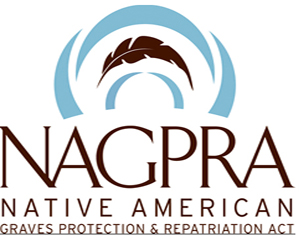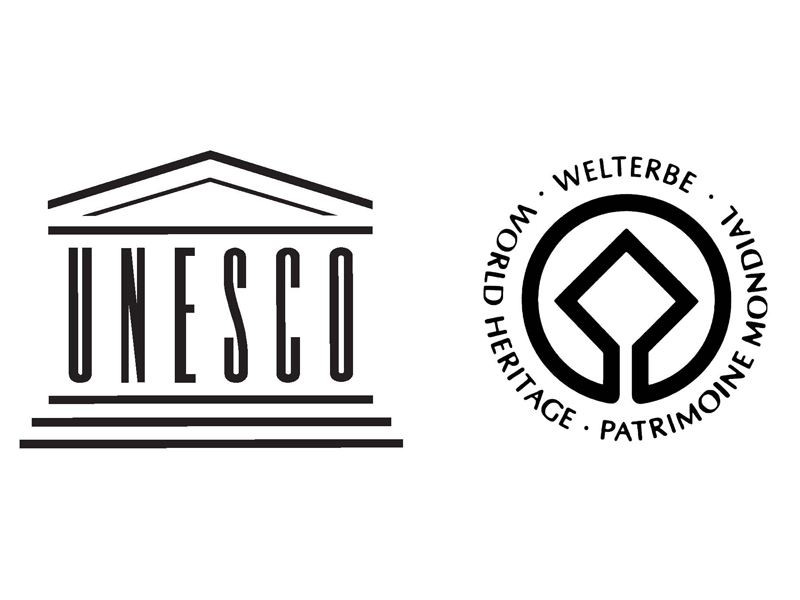Site Overview What we are all about
About This Site
Issues such as the return of items of cultural patrimony, the looting and annihilation of irreplaceable cultural heritage monuments, traditional cultural properties and the desecration of national heritage sites worldwide plague our world daily. It is my hope that an online, digital information source featuring both United States and UNESCO policies will enhance cultural heritage management practices as well as deliver needed policy information and future training for people in institutions such as public or tribal museums, and government offices. This need has been evident at every consultation I have attended. I chose an online format because the laws dealt with are tedious in a standard lecture or print format. This module format allows for the topics to be broken down into a series of informational online sections that appeal to a wide range of disciplines and audiences.
This online site specializes in cultural heritage management policy and law both nationally and internationally. The design of this site is to assist local communities with the preservation policy protocol to disseminate their own cultural heritage agendas to a wider range of recipients. As digital outlets become the most common way to reach the widest audience, it is crucial that cultural managers take advantage of this trend. In an era where funding quickly disappears without an apparent real-world application and sites are destroyed before mitigation plans can be implemented, it is crucial this knowledge reaches a wide audience and a broad market.
This website offers a host of resources to assist you in cultural heritage management. Eventually, this will contain short lectures on each policy, and hands on activities involving actual cases from around the world will be used to allow you to work through the mitigation of each law. Future expansions will include a "Share Your Stories" section to be used to stimulate interactive discussions about what things went both right and wrong in these mitigations as well as allowing a space for participants to share their own stories and unique mitigation strategies.
Policies

NAGPRA
Unites States Law
This is one of the most widely used and controversial laws for Indian Country in United States cultural resource protection policy. It is often misunderstood and ineptly applied. (Image Courtesy Idaho DoT)

NHPA
United States Law
This is one of the most widely used laws in all fields and in almost every project across the United States. The conditions that initiate this law and constitute an undertaking are often misunderstood and ignored. (Image Courtesy National Park Service)

UNESCO
International Preservation Convention
UNESCO World Heritage Sites are recognized the world over and preserve both natural and cultural sites. Listing something as a World Heritage Site can be difficult. (Image Courtesy UNESCO)